By OLIVER WEBB
By OLIVER WEBB

The visual effects industry is soaring with effects in high demand. While the average budget for an effects-heavy Hollywood film is estimated at $65 million, the number is much lower for independent films, which fall below the $15 million mark; however, the budget is usually much lower. Regardless of the project, visual effects have become an essential tool for filmmakers, and many independent films have shifted towards relying on effects over the last few years. Impressively, Godzilla Minus One, winner of the 2024 Academy Award for Best Visual Effects, was made on a $15 million budget. The Creator was the second-lowest at around $80 million. Despite high costs and pressure for high-quality visual effects, a variety of independently-produced films and series throughout the last few years have impressed with their exceptional effects on a limited budget.
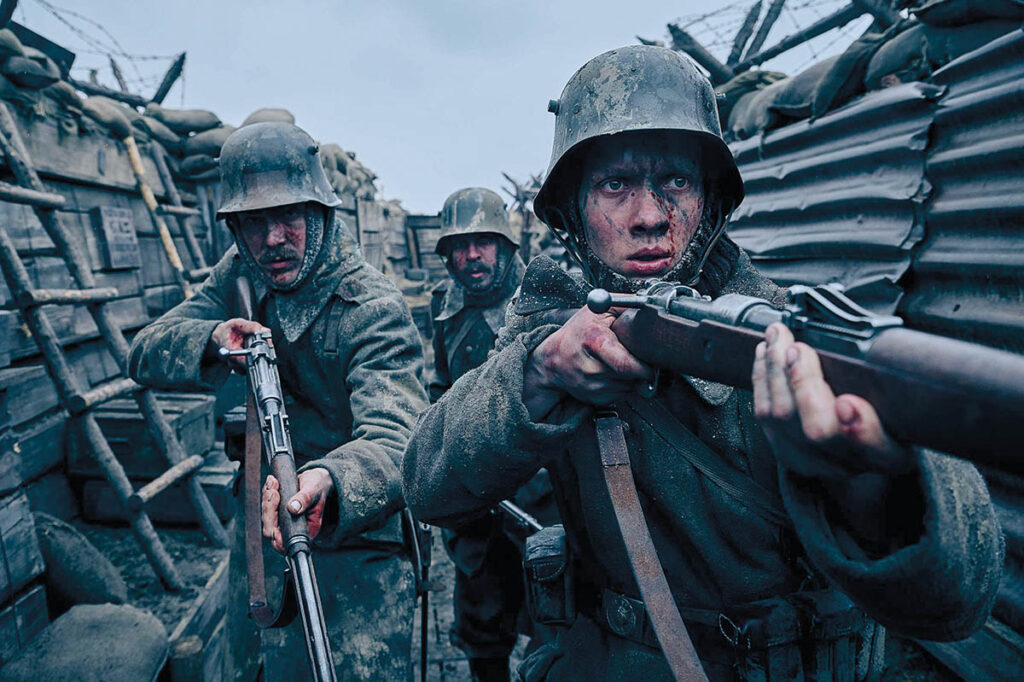
At the 2023 Academy Awards, All Quiet on the Western Front saw itself nominated for the award with only a $20 million budget. To put it into context, Avatar: The Way of Water scooped the award and had an estimated budget of $350 million. From the beginning, it was clear that All Quiet on the Western Front would have a modest budget both during filming and in post-production. Frank Petzold was the film’s Production Visual Effects Supervisor while Viktor Müller of UPP VFX served as Visual Effects Supervisor. “What helped was that director Edward Berger and I knew from the start that digital effects should not heavily impact this film, as that would undoubtedly diminish its credibility and realism,” Müller explains. “We agreed from the beginning to use as many traditional methods and practical elements as possible. This meant limiting the use of blue-screens, not only due to production challenges but also to enhance the realism of the final composition. What initially seemed like a compromise turned out to be an advantage for us.”
All Quiet on the Western Front along with Parasite, Fanny and Alexander and Crouching Tiger, Hidden Dragon is one of the most awarded non-English language films in Academy history. As a result, it has helped boost the German film industry, and the German government has also pledged a new tax plan aimed at attracting more international productions to shoot in the country. Similarly, the U.K. the government has announced the U.K. Independent Film Tax Credit, strengthening its support for indie film productions. One of the main changes includes an enhancement of the rate of credit payable on visual effects costs. Qualifying VFX spending will get an additional 5% credit rate and the 80% qualifying spending cap will not apply to VFX costs. The results of these tax incentives make the U.K. more appealing for international co-productions and have boosted independent cinema.
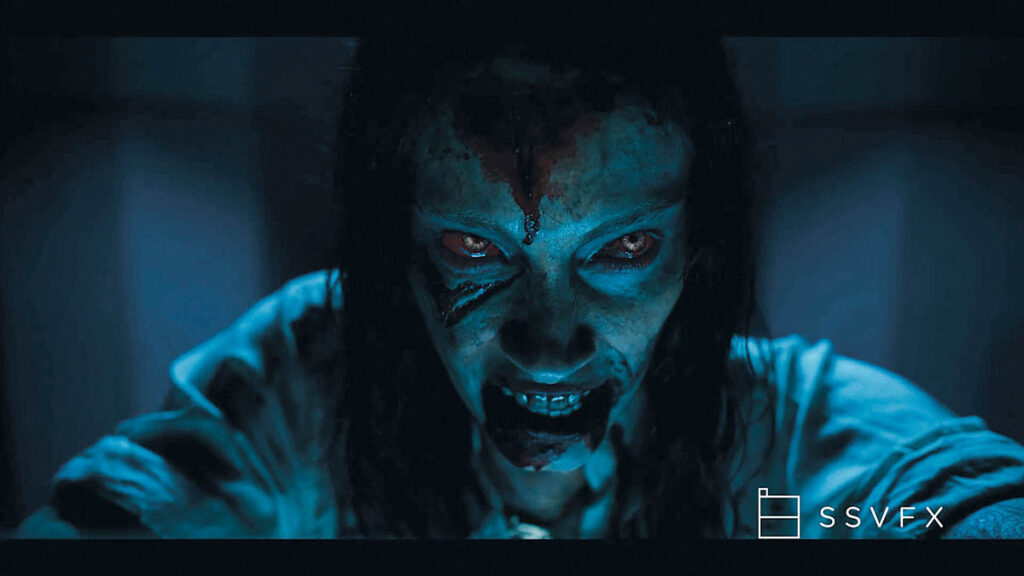

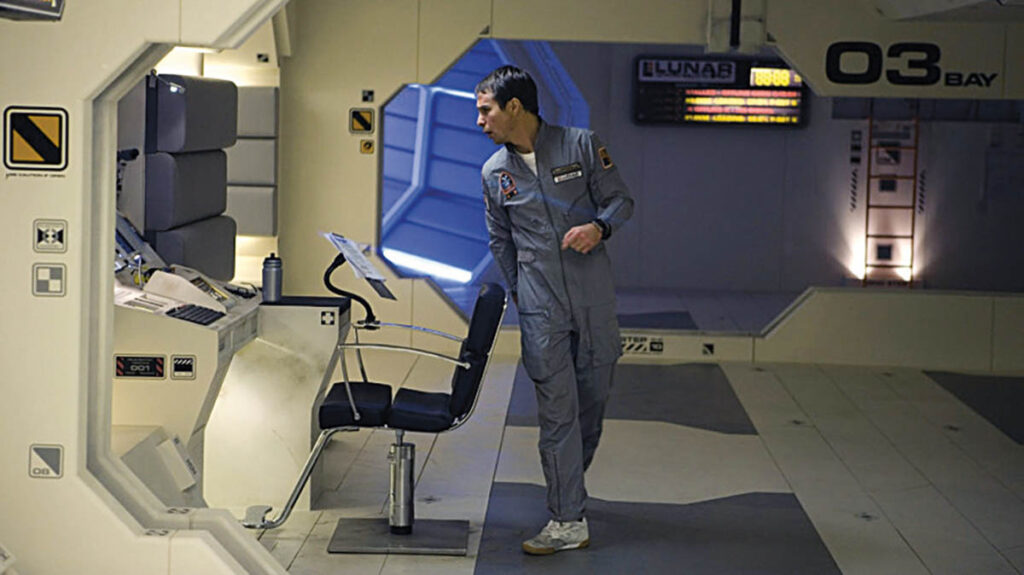
As a result of the tax credit for independent films, producers Andy Paterson (Girl with a Pearl Earring, The Railway Man) and Annalise Davis (Up There, No Way Up) have teamed up with Dimension Studio and Vue, the largest privately-owned cinema operator in Europe, to deliver British independent films to the big screen. “The Virtual Circle partnership is a way to start financing and co-producing independent films that leverage the U.K. tax incentive, which means they need to be below £15m and go straight to exhibition,” says DNEG 360 and Dimension Managing Director Steve Griffith. “It’s a non-exclusive partnership with Vue Cinema, but it does mean that the films that we produce will see a theatrical release, and that’s hugely important. In general, we believe that the distribution model is a little bit broken. Foreign pre-sales are what independent films primarily use to finance their films.” The first forthcoming films from the partnership are 2040 and Campbeltown ‘69.
No Way Up is a 2024 disaster movie shot at Dimension Studio that follows survivors of a plane crash trapped underwater. The film embraced virtual production techniques to capture the story. Unreal Engine was used to previsualize all the technical details, and during the physical shoot, the sequence was shot dry-for-wet within an LED volume. Shooting the film at Dimension Studios helped the filmmakers capture required effects while helping save costs.
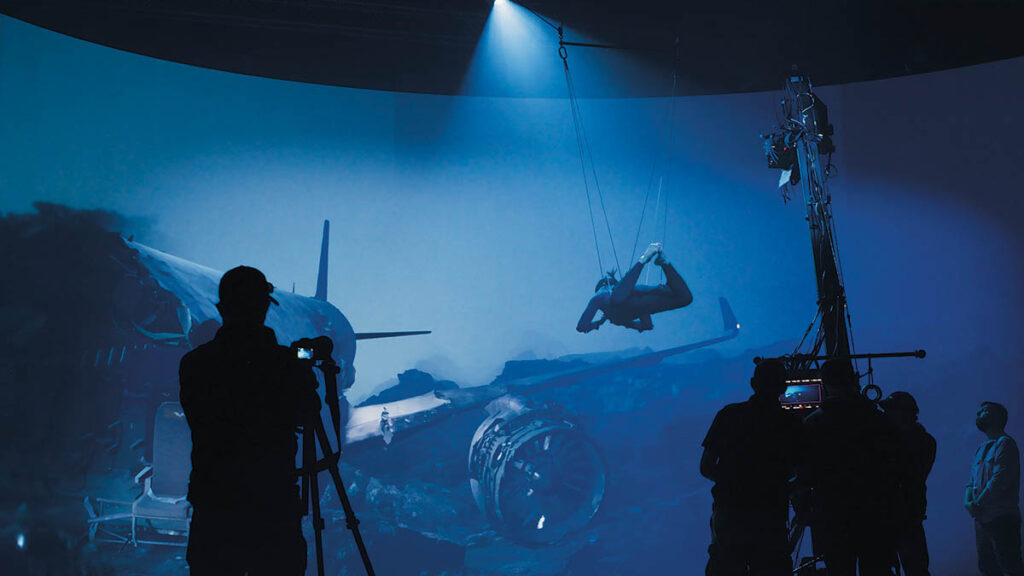
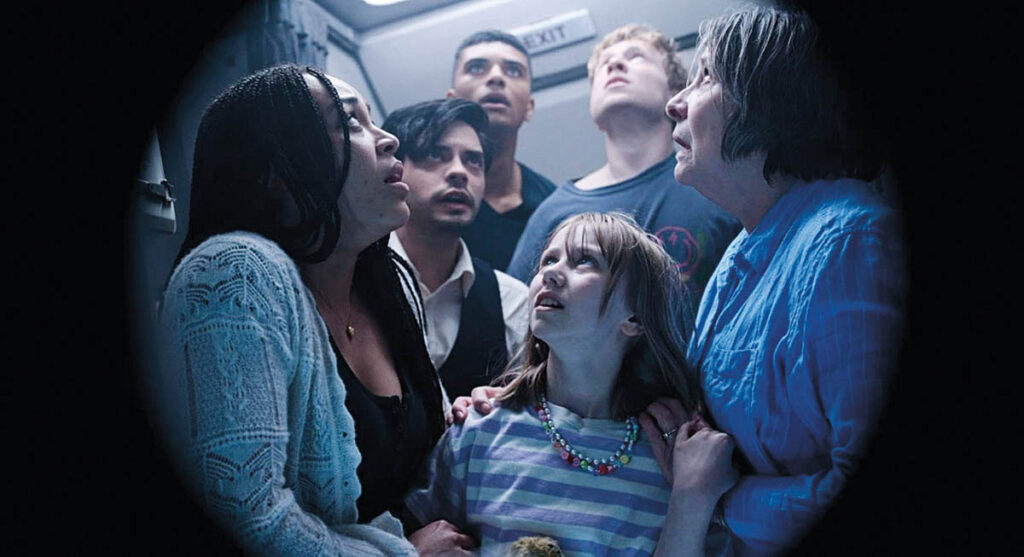
“A bigger budget obviously buys you scale and capacity; if your means are limited, a 15-minute sequence featuring thousands of CG aliens invading a futuristic city probably won’t be feasible. But, if the history of filmmaking has taught us anything, it’s that creativity and resourcefulness go a long way – a good VFX supervisor will be able to advise, troubleshoot and help ensure you maximize what you have at your disposal.”
—Fiona Walkinshaw, CEO of Film & Episodic, Framestore
One of Dimension Studio’s recent projects included the independently produced series Those About to Die, with the studio completing around 2,000 visual effects shots on the stage at a fraction of the traditional cost. While the budget for the show was high, it proves that virtual production can be a valuable tool in reducing visual effects costs. “For Those About to Die, they did 22 takes or so of Golden Hour for the production. If you did it as normal visual effects, it would also be very costly as it’s a four-minute-long shot, so virtual production was quicker and cheaper,” Griffith says. “There is this magic triangle of cost, time and quality. We can do it cheaper, faster, and it’s high quality. That’s the benefit to independent films and why Andy and Annalise came to us and proposed this partnership. There are projects coming off the shelf that are traditionally bigger-budget projects that now fit that indie film budget that we can execute on. People think it has to be The Mandalorian or some big-budget thing, but virtual production is definitely a tool for independent filmmakers.”
The monster movie Ick is a low-budget horror film and a good example of one of Ingenuity Studio’s latest projects completed on a tight budget. Ick follows science teacher Hank’s life as he reconnects with his first love and is faced with an alien threat in their town. “It’s a low-budget film directed by Joseph Kahn with tons of CG shots,” says David Lebensfeld, President of Ingenuity Studios and Ghost VFX. “We were able to stretch the dollar because Joseph knew what he wanted. We had a clear path for execution, so we didn’t waste a lot of time. There weren’t a lot of voices in the room, which means you don’t have a lengthy approval process. With Ick, we served a director with a clear vision, making the process incredibly efficient. We have been working with Joseph for almost 20 years, including all his Taylor Swift music videos, a range of commercials and some of his prior movies (Detention, Bodied ). We know how to deliver what he’s after.”
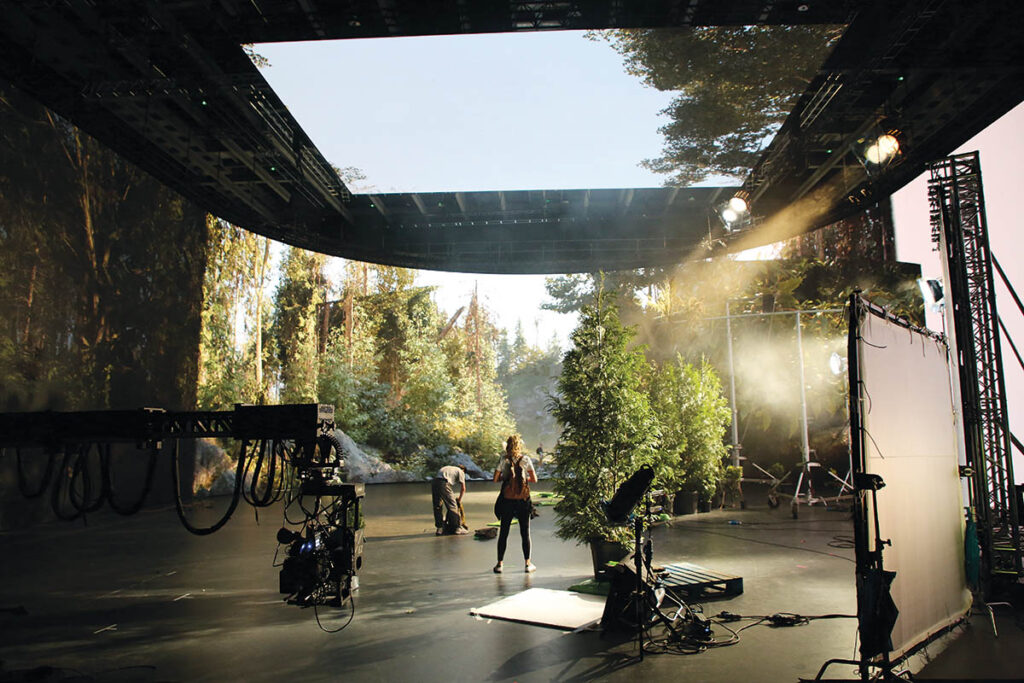
According to Lebensfeld, you’re always on a budget, regardless of whether you have $10 million or $10 to play with. You still never have enough money for what you want to do, and the challenges remain the same. “You need proper planning and time to execute. Often, lower-budget projects are passion projects for the filmmakers, and you have to manage personalities and help them separate emotion from the work. Higher-budget projects tend to have less of that. Sometimes, there is a disconnect between what indie filmmakers want and what they can afford. Proper planning can help ensure the best use of visual effects from a strategic level, leveraging the budget in the smartest way. Getting us involved early, listening to us and trusting the process, and sticking to the plan is a real benefit to our indie clients.”
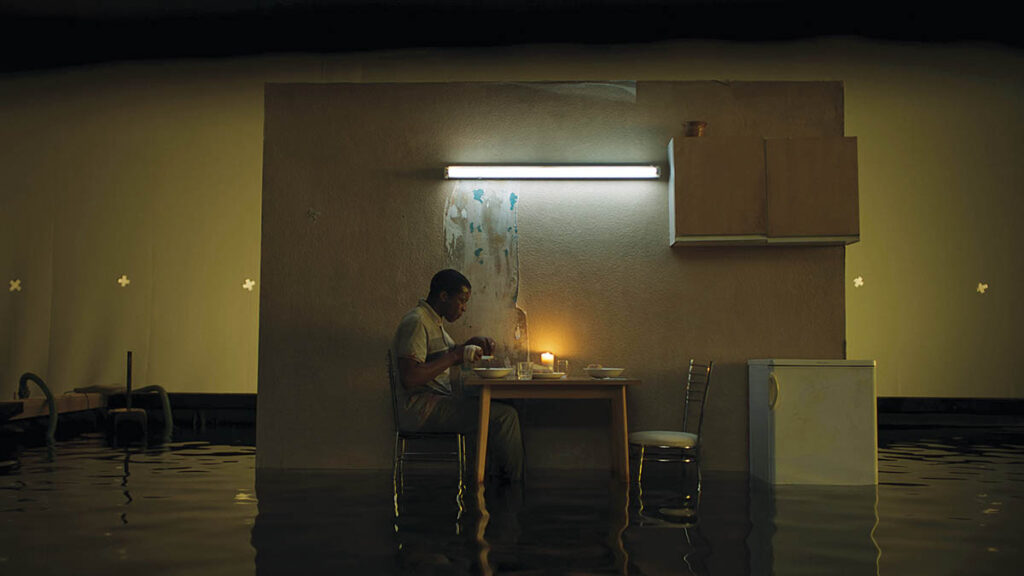
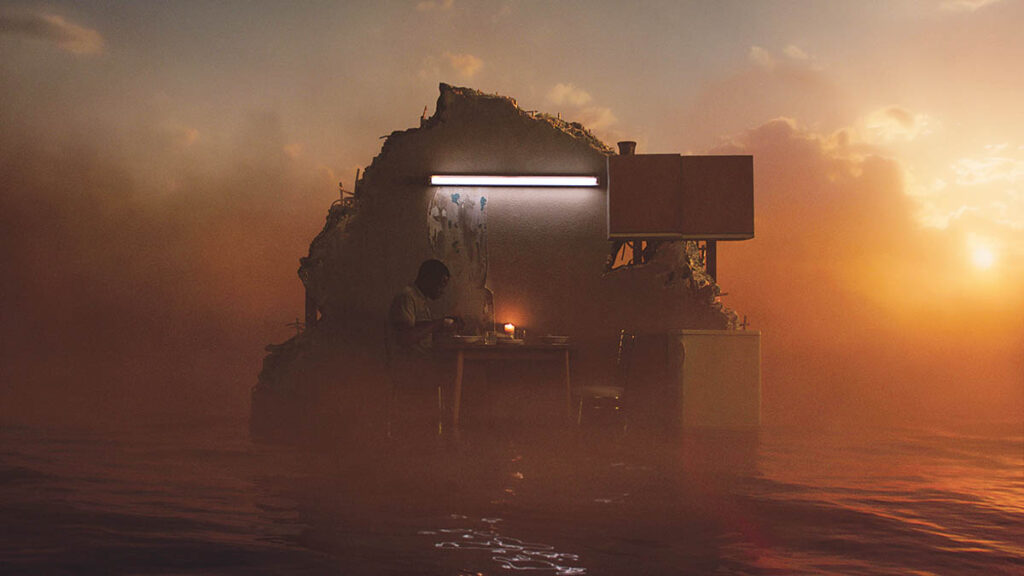 Framestore was the primary VFX vendor on His House (2020), delivering environments, effects, photorealistic animation and VFX-enhanced creatures. Framestore contributed 185 VFX shots to the low-budget film. (Image courtesy of Netflix)
Framestore was the primary VFX vendor on His House (2020), delivering environments, effects, photorealistic animation and VFX-enhanced creatures. Framestore contributed 185 VFX shots to the low-budget film. (Image courtesy of Netflix)SSVFX is an internationally-acclaimed visual effects house based in Dublin, Ireland. SSVFX not only caters to larger-scale productions but also to independent projects. Recently nominated for an Emmy for their work on Shōgun, SSVFX has worked extensively on a range of projects, including Game of Thrones, The Penguin and Gladiator 2. Head of Studio Nicholas Murphy believes that any budget has its challenges, whether big or small, though when budgets are limited, getting the visual effects team onto a show early is paramount, especially when there is no independent team, so the vendor is responsible for managing the budget. Having early creative discussions with the director, cinematographers, production designers, etc. is key for any project, “so that the VFX team or vendor is involved in the design and planning of the visuals, so it doesn’t become an afterthought where the shopping list grows but the budget doesn’t align,” Murphy remarks. “If decisions have been made without VFX but involve VFX, then this is where challenges can arise. Tax breaks, such as in Ireland, which is 32%, can also be another solution to help a show get the best out of its budget. It is about managing expectations, aligning all the creatives to the budget while designing the best shots to maximize the budget.”
Murphy argues that it’s all relative when it comes to completing a project on a tight budget. “Big-budget shows generally have big-budget VFX. Small-budget shows want big-budget VFX, so we need to communicate and get everyone on board to understand what is achievable for the budget. Some indie shows we’ve done are probably good examples of this. We needed to plan and design a show to get the best visuals possible within the agreed budget.”
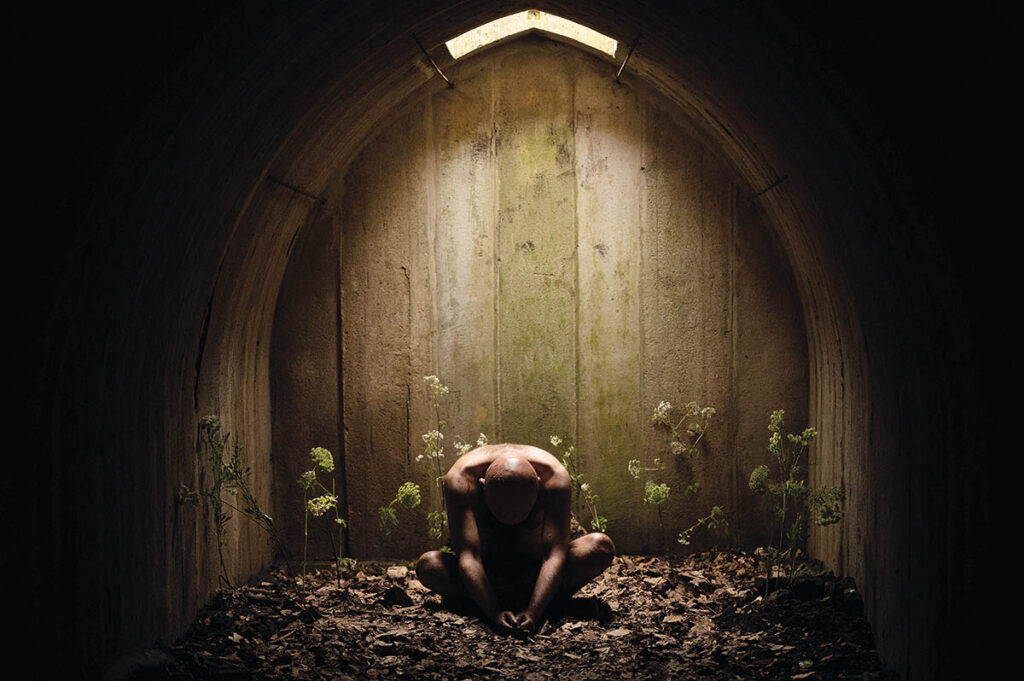

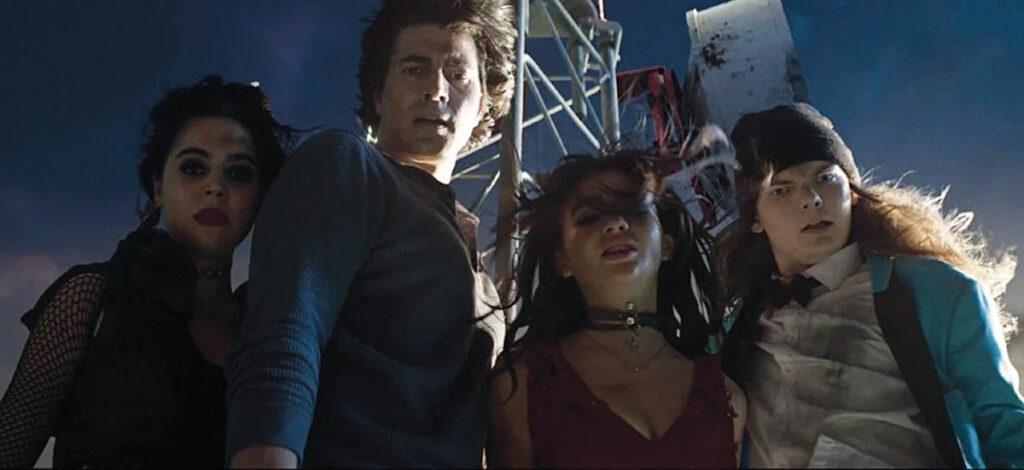
Nominated for 10 Academy Awards, The Favourite is a prime example of SSVFX working on a storytelling film where the VFX needed to be invisible. Despite its appearance as a big-budget production, The Favourite’s budget was recorded at £15 million. “Every department on the show was worthy of an Oscar, so the VFX needed to maintain that level of quality and not take away from the story and be seamlessly integrated.” Evil Dead Rise was another one of SSVFX projects. The film is full of gore and VFX. “Trying to achieve a film that is so reliant on VFX was all about managing repetition and being aware that more shots may add to the budget. We had to change eyes, add blood and add gore to many scenes, so shot counts can easily grow, and so can the budget. We just needed to be efficient, design workflows that helped with show’s repetitive nature and have an open line of communication with the editorial team.”
Drew Jones, Chief Business Development Officer at Cinesite, believes that indie filmmaking is always challenged to produce a compelling story on screen with visual imagery that delivers the director’s vision to an often-tight budget and schedule. “Recent changes to the U.K. tax rebate for indie production up to £15M means that this area of filmmaking will continue to thrive,” he notes. “VFX content for indie films, like technology, is always improving, but has to be a very collaborative process, managing the director’s vision in association with potential budget limitations. It is about working with experienced VFX supervisors to understand the storytelling and to work with production to bring creativity to the screen while being mindful of budget and time constraints. The Cinesite Group brings its experienced VFX supervisors to the mix to work together with a production potentially utilizing Cinesite’s VIS [visualization] services to help find the best creative solutions at the right budget level while not diminishing the narrative. Using VIS across concept, previsualization, techvis and postvis offers many options to keep the vision and budget on track along with the Cinesite Group’s worldwide footprint for tax rebates and cost centers. All of these are designed to assist the indie production’s needs.”
Over the years, The Cinesite Group of companies has worked on many indie projects with varying VFX content. The 2009 film Moon is one example of Cinesite’s projects that delivered outstanding visual effects for a film with a budget of $5 million. “Where it needs be, our studio network may split work or sequences to aid with budget expectations or, indeed, simply propose that the work is completed in another Cinesite partner studio or location to take advantage of tax rebates or lower cost center,” Jones states. “The work will be exemplary, overseen by executive supervisors, and always delivered on budget and schedule. The Cinesite Group has a seamless pipeline between the studio locations; this makes for efficient communication and ease sharing working processes.”
VFX is an essential tool for modern filmmakers, whether working on an action blockbuster, a period drama or an indie feature. Films such as Civil War, Men, Downton Abbey and His House are notable examples of Framestore’s projects completed on a tight budget. Men’s budget was just over $5 million, and Framestore won Best Effects at the British Independent Film Awards for their work on the film. Despite their impressive effects, Alex Garland’s films have all had relatively low budgets. Released in 2014, Ex Machina had a budget of $15 million and was renowned for its impressive array of effects.
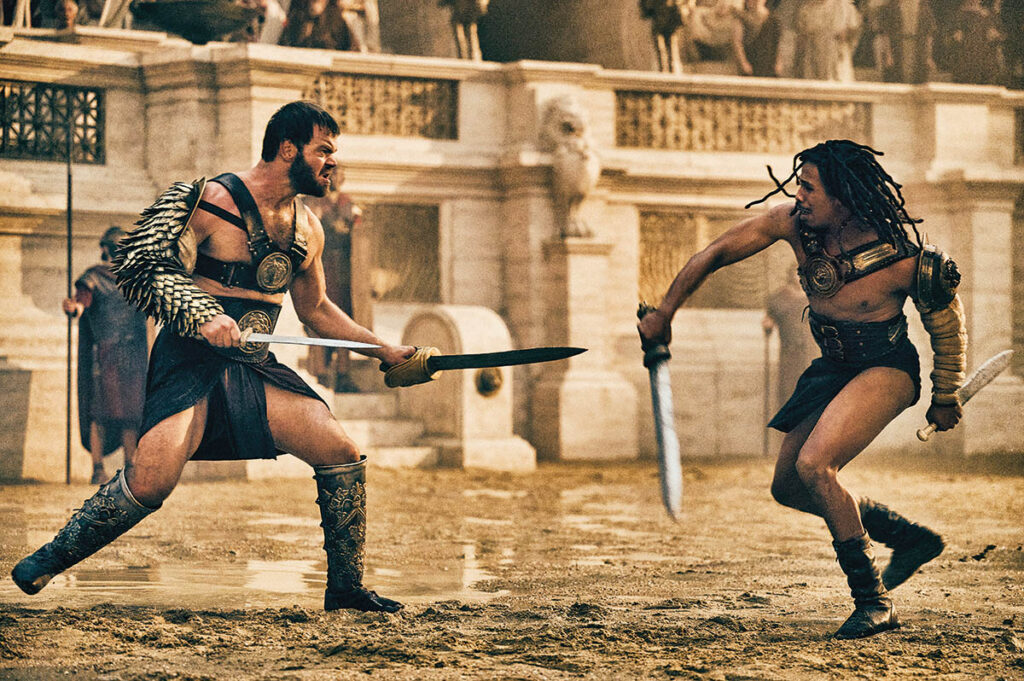
For Men and His House, the caliber of the work for Framestore was extremely high and perfectly fit the films in question, but they were delivered on budgets that were modest compared to any modern tentpole feature. Fiona Walkinshaw, CEO of Film & Episodic at Framestore, explains, “When you’re a major VFX studio, budget and capacity always have to be a consideration. At the same time, though, we’re also film fans, and we want to help new generations of filmmakers tell the stories they want to tell. So, if we’re excited by a script, an idea or a director, then we will do what we can to make it work. A bigger budget obviously buys you scale and capacity; if your means are limited, a 15-minute sequence featuring thousands of CG aliens invading a futuristic city probably won’t be feasible. But, if the history of filmmaking has taught us anything, it’s that creativity and resourcefulness go a long way – a good VFX supervisor will be able to advise, troubleshoot and help ensure you maximize what you have at your disposal.”
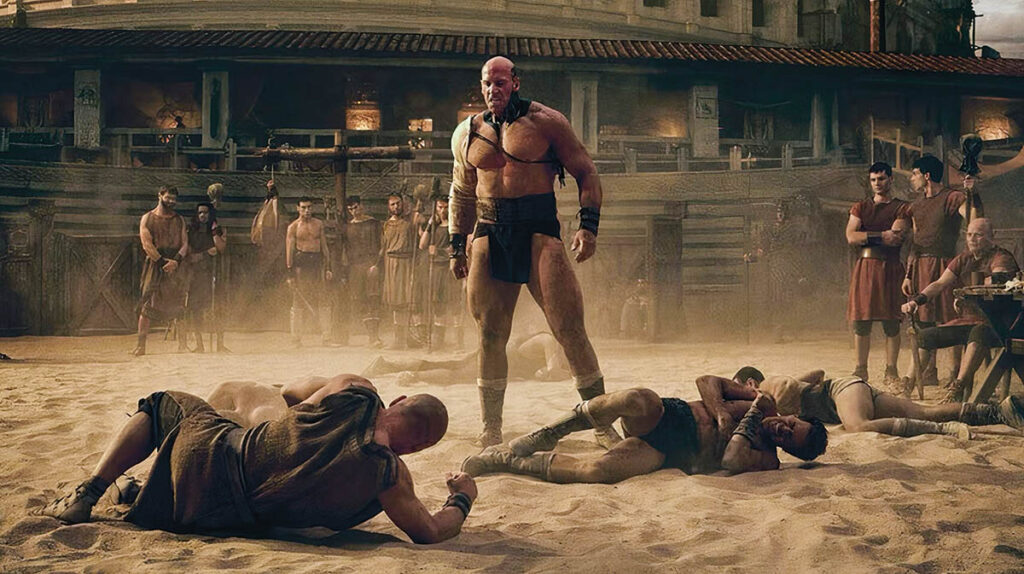
There are projects coming off the shelf that are traditionally bigger-budget projects that now fit that indie film budget that we can execute on. People think it has to be The Mandalorian or some big-budget thing, but virtual production is definitely a tool for independent filmmakers.”
—Steve Griffith, Managing Director, Dimension Studio
Tax incentives such as the U.K. Independent Film Tax Credit and Ireland’s tax break help boost the independent film industry. Virtual production is also a vital tool for filmmakers looking for alternative ways of capturing effects as new tools and technologies continue to advance VFX. As seen at the Academy Awards over the last few years, independent films are gaining more recognition for their impressive visual effects shot on a budget. Films such as Godzilla Minus Zero, All Quiet on the Western Front, Ex Machina, Men, No Way Up and Ick have all demonstrated that high-quality visual effects can be captured on a budget. However, with high costs and limited means to achieve the same range of effects as big-budget Hollywood movies, there is a long way to go to make apple-to-apple comparisons. Nevertheless, the future for independent filmmaking and VFX is brimming with optimism and opportunity.